Japanese Chi'an Kong Hai Temple Adventure
Friday, February 11, 2011
 Xiapu, Fujian, China
Xiapu, Fujian, China
Hey Hey and a Big G'Day toya,
What was once important as an ancient port;
Is now important as a pilgrimage destination for Shingon believers.
Situated just five kilometers from downtown Xiapu city Chi’an village has had its fair share of time in history’s limelight. Once many notable Confucians such as Zhu Xi walked its winding streets and alleyways and during periods of war a fortified castle was built to protect the area’s residents, animals and monuments.
As a Japanese painting attracts the gaze of those walking by;
So does Chi’an Village as it has now become somewhat of a Japanese Holy Land.
During the Tang Dynasty, whilst on an adventure seeking Buddhist doctrines, Kukai (Kobo-Daishi) the founder of Japanese Esoteric Buddhism, was rescued by here by Xiapu people after being shipwrecked in 804 AD. At the time the northern city of Chang’an (present day Xian City) was one of the world’s most famous cities that attracted both scholars and traders alike by the tens of thousands so after his stay in the small town of Chi’an he then ventured to the north of China and went on to study in Xian for several years before returning to Japan to found yet another Buddhist sect, the Shingon Sect.
Whilst trying to find some information on the temple I came across the following statement made by the writers of www.amoymagic.com and after temple travelling for a good stint of the past ten years through many Asian countries I couldn’t agree more, even though I am one of 'those’ who does the spending.
In fact, his secret was great rapport with the common people, who trusted and loved the man who had abandoned his well off lifestyle to become an ascetic monk.
It’s ironic that nowadays so much is spent on his behalf.
After walking by and noticing a very clean yet small eatery when I first arrived in Xiapu a few nights ago I decided to drop in and see how the food was and while eating I got to talking to the son of the couple of own the restaurant. Simon, who is home from Gansu Province visiting his parents for Spring Festival sat with me and answered some of the questions I had about the Xiapu area. Being a local he wasn’t interested in the mudflats but as he only knew the story behind the Japanese Temple and had never actually visited it we decided to go together.
Today I also got to meet Fin who’s English is not only fantastic but she is also a wealth of information on the Xiapu area, religion and American movies (most of which I’ve never seen nor heard of).
We spent the day visiting both the Japanese Temple and a Chinese Temple known as the Temple of Kindness that is supposedly the oldest Buddhist Temple in Fujian Province. Comparing the two is just as hard as comparing the two countries of orientation and after having visited both countries I found that their temples are actually a good way to try and explain differences. The Japanese Temple was quiet, clean and had everything exactly, in its place including the dust. The Chinese Temple was of course full of people racing around and all within its walls, though in place, was also just a little noisily out of place.
Just the way I like it to be!
Now a Bit on Shingon
Shingon Buddhism is one of the mainstream major schools of Japanese Buddhism and one of the few surviving Esoteric Buddhist lineages that started in the third to fourth century C.E that originally spread to China and Korea. The esoteric teachings would later flourish in Japan under the auspices of a Buddhist monk named Kūkai, who traveled to Tang Dynasty China to acquire and request transmission of the esoteric teachings. For that reason, it is often called "Japanese Esoteric Buddhism", or "Orthodox Esoteric Buddhism".
The word Shingon is the Japanese reading of the Kanji for the Chinese word Zhēnyán, literally meaning; ‘True Words’, which in turn is the Chinese translation of the Sanskrit word Mantra.
The Shingon lineage is an ancient transmission of esoteric Buddhist doctrine that began in India and then spread to China and Japan. Shingon is the name of this lineage in Japan, but there are also esoteric schools in China, Korea, Taiwan and Hong Kong that consider themselves part of this lineage (as the originators of the Esoteric teachings) and universally recognize Kūkai as their eighth patriarch.
This is why sometimes the term "Orthodox Esoteric Buddhism" is used instead.
Shingon or Orthodox Esoteric Buddhism maintains that the expounder of the doctrine was originally the Universal Buddha Mahavairocana but the first human to receive the doctrine was Nagarjuna in India. The tradition recognizes two groups of eight great patriarchs - one group of lineage holders and one group of great expounders of the doctrine.
There is no Supreme Being or God in Buddhist Doctrine.
Mahavairocana as the central primordial Buddha in Esoteric Buddhist doctrine is not an actual ‘entity’ or a God but the true nature of all things and phenomena, the totality of reality in all form and formlessness, arising and non-arising. Though supernatural beings like Devas may be more powerful and live longer than humans, they are nevertheless afflicted by suffering and death.
Beers N Noodles toya…..shane
___________________________________________________________
The soundtrack to this entry was by Tracy Chapman
The album was ‘New Beginning’
____________________________________________________________
Other Entries

 Xiapu, Fujian, China
Xiapu, Fujian, China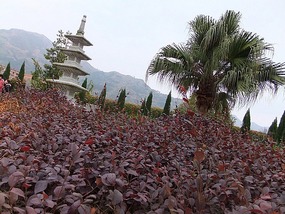
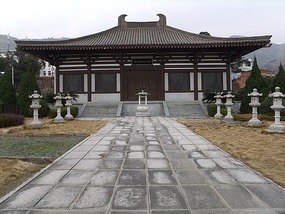
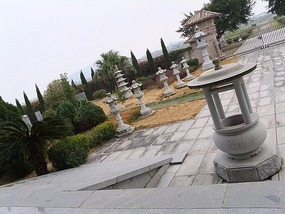
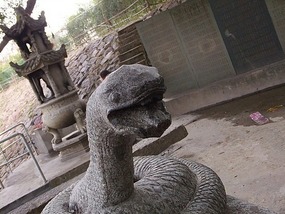
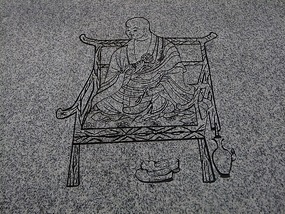
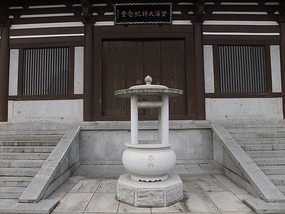
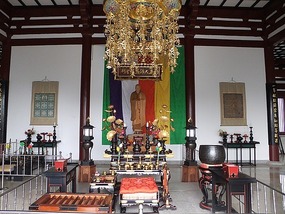

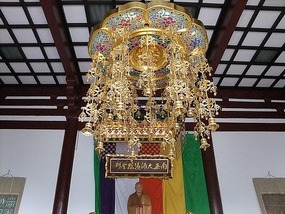
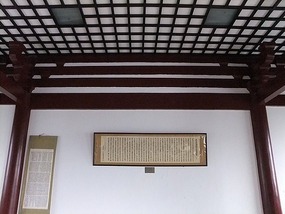
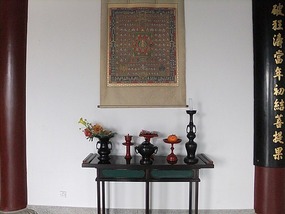
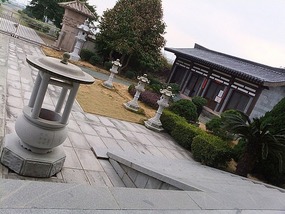

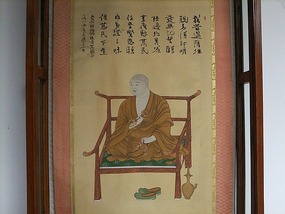
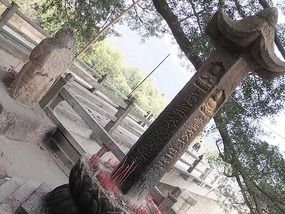
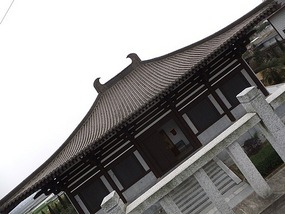
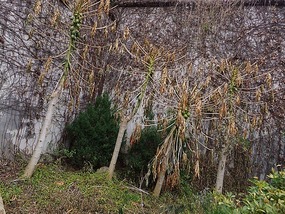
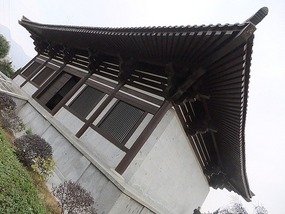
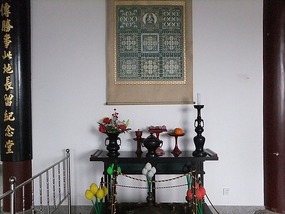

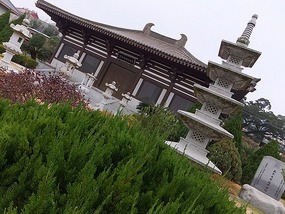
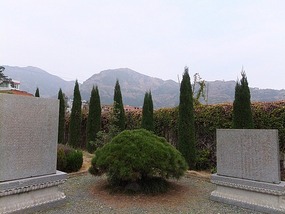
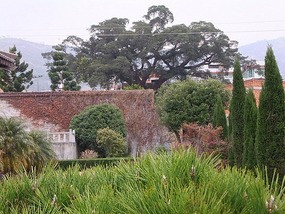
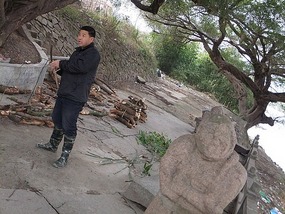
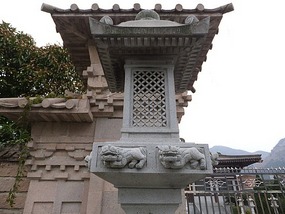
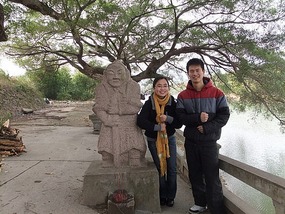
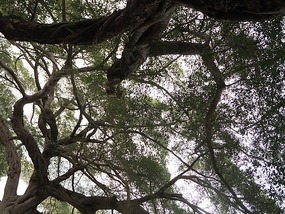
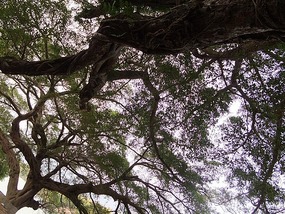
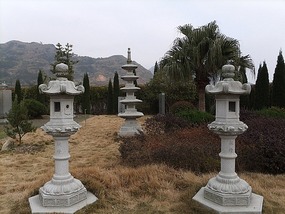
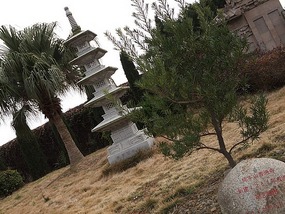
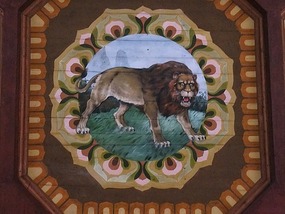
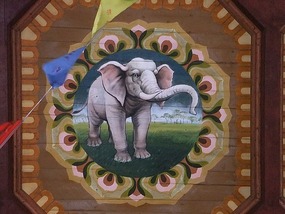
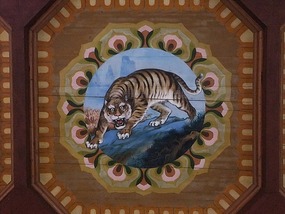
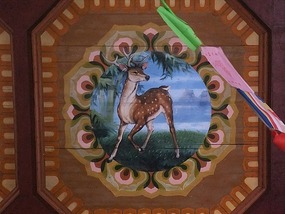
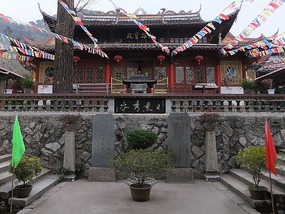
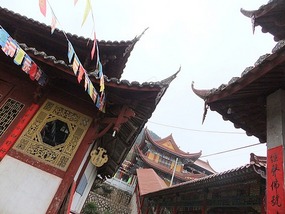
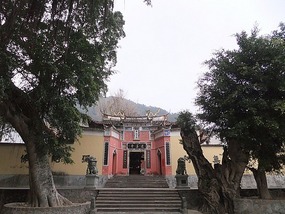

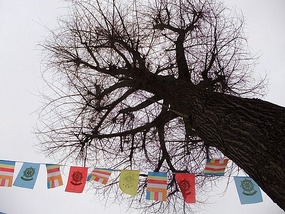
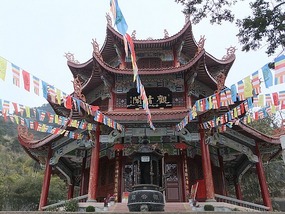

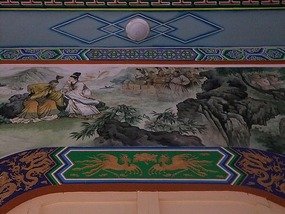
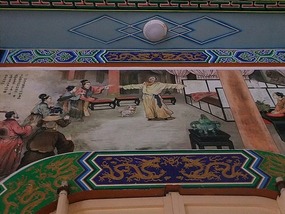
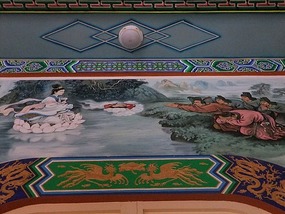
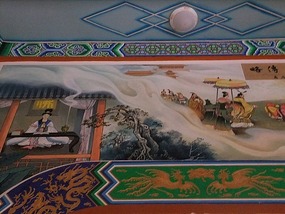
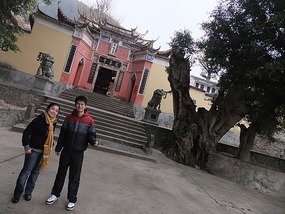
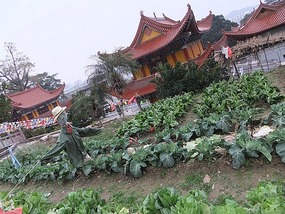
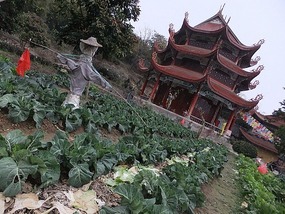
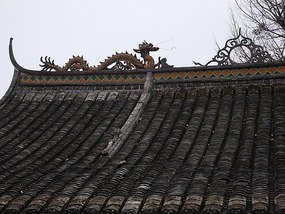

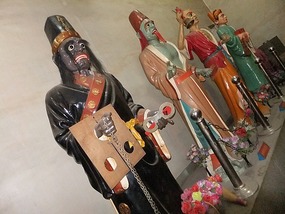
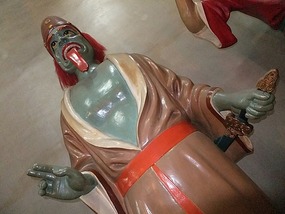
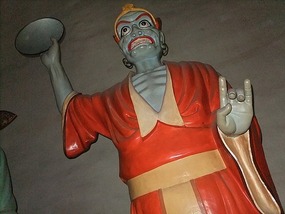
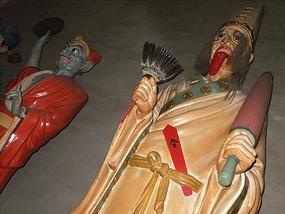

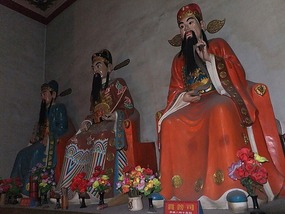

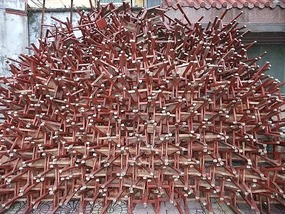
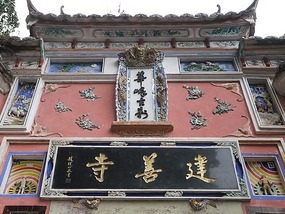
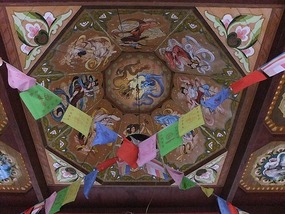

2025-05-22